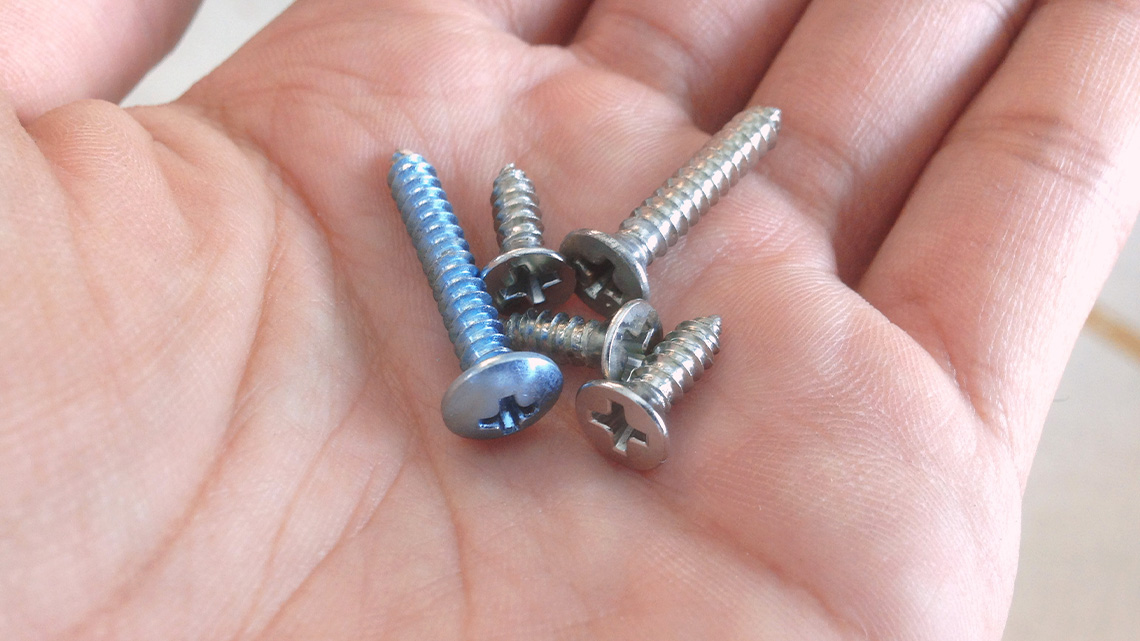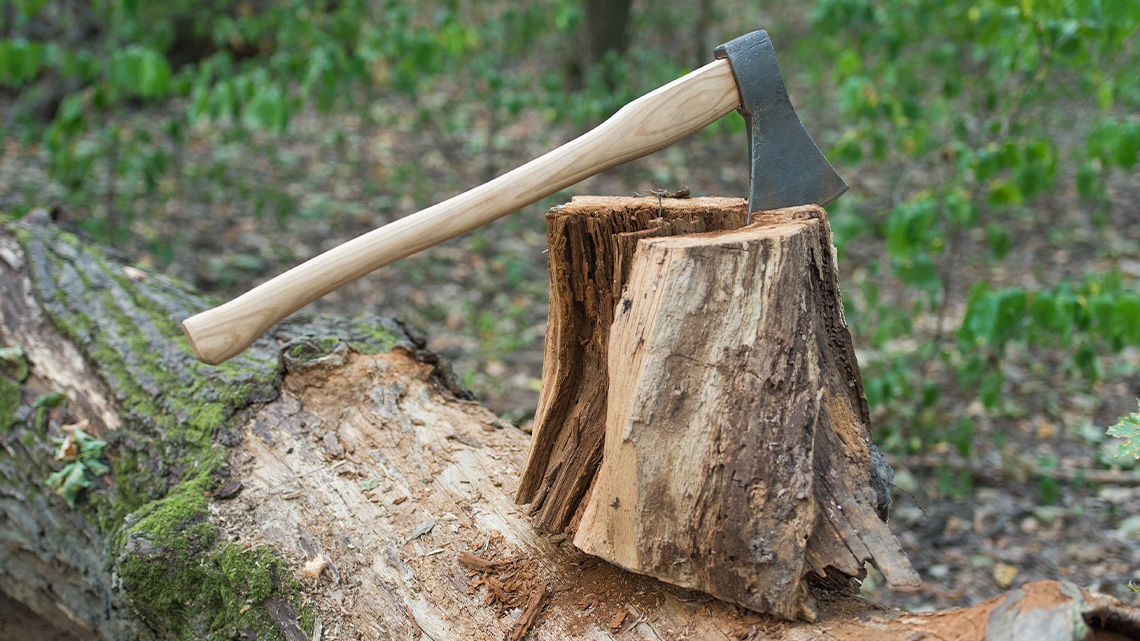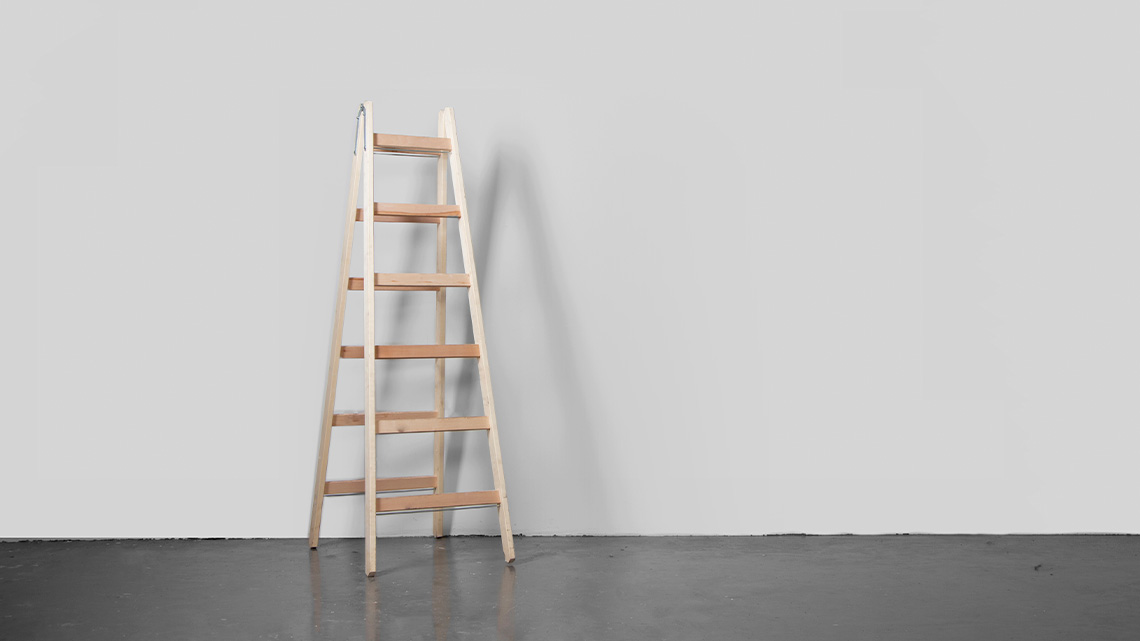Minds On
Simple machines
Explore the following images. What do they have in common?
These are all examples of simple machines.
In this learning activity, we will explore how different types of machines can help to make our lives easier, and how they might be used to create positive changes in our communities.
Action
What is a simple machine?
Explore the following video from Science North to learn more about simple machines.
Once you have examined the video clip about simple machines, review your learning by answering the following true or false questions. For each statement, select either True or False.
Type of machines
There are two different types of machines: simple machines and complex machines.
A simple machine is a tool, object or device that uses force to move objects. We previously explored the following six types of simple machines:
- lever
- wedge
- screw
- inclined plane
- wheel and axle
- pulley
Explore the following graphic that demonstrates the basic function of the six simple machines:

Simple machines help to make work easier, but they do not work on their own. They require someone to provide effort or force (a push or pull) to change the direction, speed or force of a movement.
Simple machines can:
- transfer a force from one place to another
- change the direction of a force
- increase the distance or speed of a force
- increase the magnitude of the force
Complex machines are made up of two or more simple machines. They have many moving parts.
Explore the following illustration of a bulldozer, which is an example of a complex machine. It includes:
- levers
- a wedge
- screws
- wheels and axles

A bulldozer with different simple machines labelled. The wedge is the shovel. The screws and wheel and axle support the bulldozer to move. Levers are used to lift the shovel.
Explore the following image of a crane.
Label the simple machines that work together to make the crane move. Record your thoughts in a method of your choice.

This is an image of a crane. It includes three simple machines that are not yet identified. There is an arrow pointing to the long metal neck of the crane. Another arrow is pointing to the rope and wheel at the end of the long metal neck. Another arrow is pointing to the round objects on the bottom of the crane.
Press ‘Hint’ to access a possible answer to which simple machines are part of a crane.

The long neck of the crane is a lever, the rope and wheel at the end of the neck is a pully, and the wheels count as wheels and axles.
Review the image again and describe how the different parts of the crane work together. In your response, consider what might be the purpose of each individual simple machine. Record your ideas in a method of your choice.
I-spy machines
Simple and complex machines are all around us!
In the following sorting activity, identify whether the images are examples of simple machines or complex machines.
After completing the sorting activity and reviewing your response, consider the following prompts:
- What are some other examples of simple or complex machines that might be found in someone’s household, or in their community?
- How do these machines help us move things with less force?
Record your ideas digitally, in writing, or as an audio description.
Let’s make a machine!
In order to learn more about how machines can help to make work easier, we will design a tool, object or device that includes one or more simple machines.
We will use the Engineering Design Process to help us.
Check out the following video to learn more about the steps of the Engineering Design Process.
There are many steps to the Engineering Design Process. At this stage, we will focus on the following steps: Ask, Brainstorm and Plan.
Complete the "Let’s Make a Machine!" activity in your notebook or using the following fillable and printable document. If you would like, you can use speech-to-text or audio recording tools to record your thoughts.
|
Ask: What do I know about simple machines? What is the work that I want to make easier? |
Plan: What will your design look like? Create a labelled diagram and record your materials with the amount you need. OR describe your design and how it will work. |
|
Brainstorm: What types of simple machines will I include, and how many? How will the object, tool or device move? |
Press the ‘Activity’ button to access “Let’s Make a Machine!”.
Share your design in a method of your choice. Consider the following questions:
- Will I share my design digitally, in writing, or as an audio description?
- Can I identify and describe the simple machines I used in my design?
- Can I explain how they make work easier?
- Next steps: If possible, build and test your design. If it is not possible to build your design, you can choose to describe your design and how it will work.
This learning activity connects new and existing approaches for young scientists to create positive changes in their communities.

Let’s learn about how a simple machine can create positive changes in communities.
The Stop Gap Foundation: Community ramp project
The Stop Gap Foundation is a non-profit organization that provides ramps for storefronts and local businesses to use at their entrances. These colourful inclined planes help to provide access for many different people who are affected by barriers, including people with strollers, the elderly, people making deliveries, and people who use wheelchairs.
Check out the following video and meet Luke Anderson, who is the co-founder and Executive Director of the Stop Gap Foundation.
In this video, Luke Anderson reminds us that equal access is a human right. An inclined plane or a ramp can remove barriers for many different people. At the end of the video, Luke says that it is not people who have disabilities, “but it’s the places that we live, work and play in that are disabling.”
Pause and Reflect
Reflect and connect
Prepare a short response to the following questions:
- How might the places that we live, work and play be “disabling” for people?
- Why is it important to ensure that everyone has equal access to their community?
- How do ramps improve accessibility for various communities?
- What are some other barriers that need to be removed in order make communities more accessible?
Share your ideas digitally, in writing, as an audio recording, or in another method of your choice.
Consolidation
Let’s make a difference!
Imagine that you have been asked to design a machine to create positive changes in your community.
Press the following tabs to access prompts associated with steps of the Engineering Design Process that you will focus on.
Complete the "Let’s Make a Difference!" activity in your notebook or using the following fillable and printable document. If you would like, you can use speech-to-text or audio recording tools to record your thoughts.
|
Ask: What is the problem in my community that I want to solve? |
Plan: What will your design look like? Create a labelled diagram and record your materials with the amount you need. OR describe your design and how it will work. |
|
Brainstorm: How will my design create positive change in my community? What simple machines will I include in my design? |
Press the ‘Activity’ button to access “Let’s Make a Difference!”.
Share your design in a method of your choice. Consider the following questions from the Share step of the Engineering Design Process:
- Who is my audience?
- Will I share my design digitally, in writing, or as an audio description?
- Can I identify and describe the simple machines I used in my design?
- Can I explain how my design helps to create positive changes in my community?
- Next steps: If possible, build and test your design. If it is not possible to build your design, you can choose to describe your design and how it will work.
Reflection
As you read through these descriptions, which sentence best describes how you are feeling about your understanding of this learning activity? Press the button that is beside this sentence.
I feel…
Now, record your ideas using a voice recorder, speech-to-text, or writing tool.





